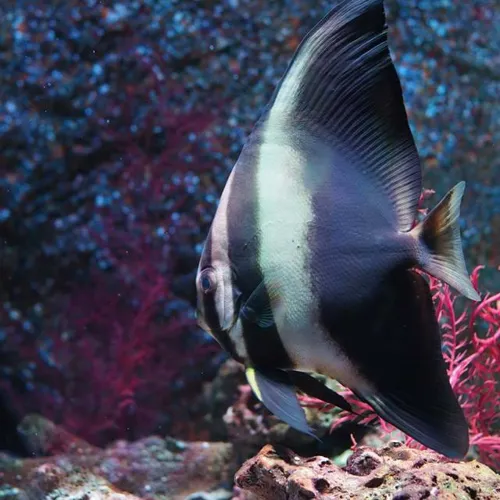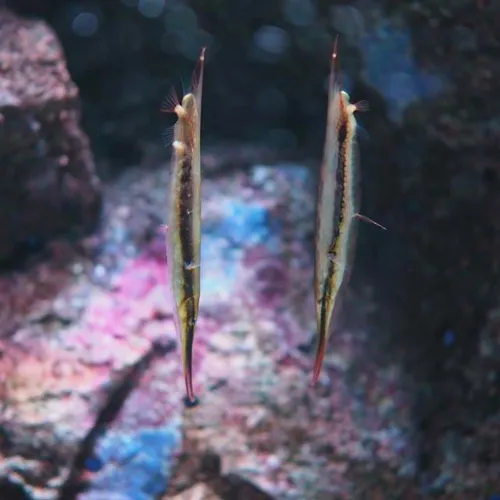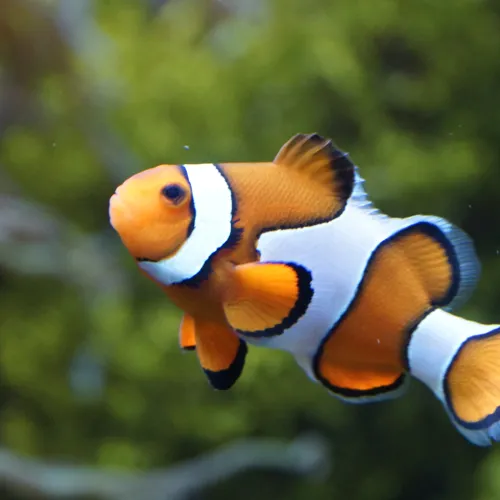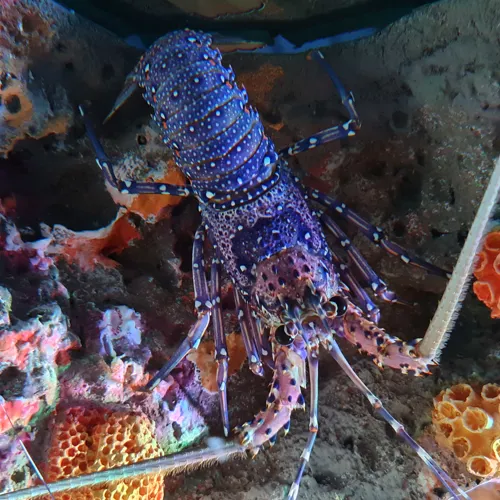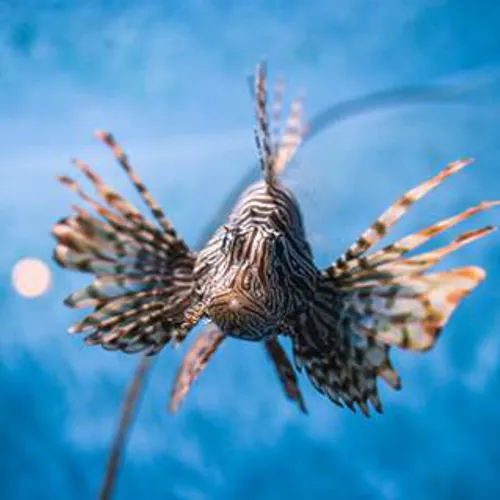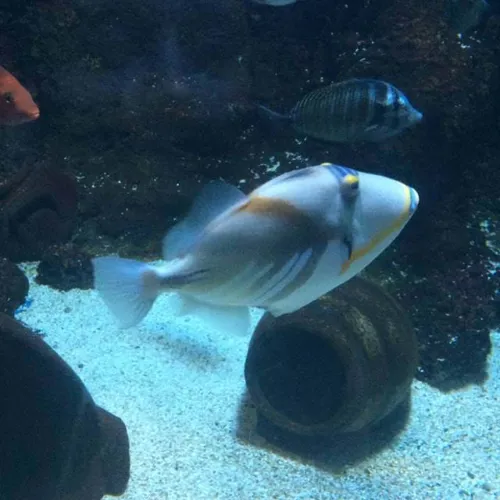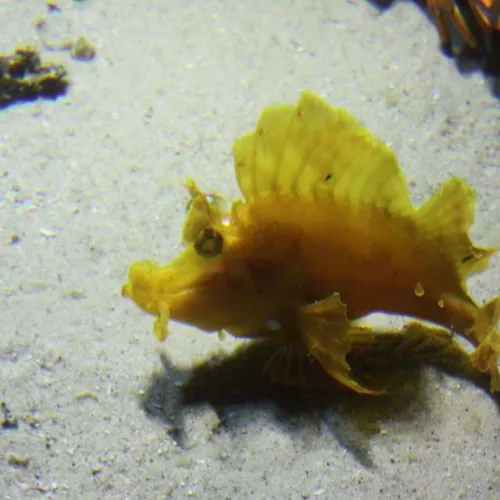Our Amazing Creatures
Which sea creatures do you love the most? Magnificent Sharks, colourful Clownfish or perhaps inquisitive Sea Turtles? Maybe you simply can’t decide!
Here at SEA LIFE you can make up your mind and see them all - from the curious and the rescued to the rare and the enigmatic. And you’ll be able to get closer to them than ever before.
Many of our creatures are on the endangered list, have been rescued and cannot be released into the wild or have been born and bred as part of our conservation projects.
Book NowGiant Spider Crab
The biggest crab you have ever seen! The Japanese spider crab has the greatest leg span of any arthropod, reaching up to 5.5 metres. This spicies can live more than 100 years. Spider crabs benefit a marine ecosystem by eating dead animal and plant material. Spider crabs have poor eyesight. They use little sensing organs on their legs, similar to taste buds, to help them find food.
Octopus
Octopus is a mollusc which means they are from the same family as Slugs and Snails as well as Cuttlefish and Squid. They are well known for being very clever. In fact they are one of the most intelligent invertebrate species (that means animals with no backbone).
Batfish
The orange coloring of juvenile batfish, for instance, makes them look like dry leaf in the current.
Razorfish
The narrow shape of the Razorfish allows them to swim between the spines without risk of injury.
Clownfish
Did you know that Clownfish live in the venomous tentacles of Sea Anemones? They are one of the only ocean creatures that can do this as they are protected by a layer of slimy mucus on their skin! Clownfish like to live in Sea Anemones so that they are protected from predators and can nibble on leftover food the Sea Anemone catches.
Spiny Lobster
Spiny Lobsters don't have the large front pincers that True Lobsters have. In the wild they have been known to form enormous travelling queues of Lobsters when covering long distances, like conga lines!
Lionfish
Lionfish are covered in venomous spines and therefore have few predators! They are one of the most venomous fish in the sea!
Triggerfish
When chased by a predator Triggerfish will hide in a rock crevice and flick out a special spine on their back in order to lock themselves into position. This is how they got their name!
Leaf Scorpionfish
You'll have to look carefully to spot this guy! Leafy Scorpionfish are ambush predators who blend in with their surroundings and pounce on unsuspecting fish and crustaceans.


